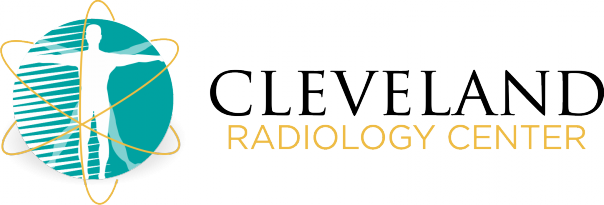Pulmonary high blood pressure is a complicated problem that impacts the capillary in the lungs, causing boosted stress as well as strain on the heart. As the condition progresses, patients may get to the end-stage of pulmonary hypertension, where signs come to be serious and also lethal. This helpful post intends to provide an in-depth understanding of the signs connected with end-stage pulmonary high blood pressure, allowing people to recognize and also look for suitable medical focus.
Understanding Pulmonary Hypertension
Prior to diving into the signs of end-stage pulmonary hypertension, it is crucial to have a standard understanding of the condition itself. Pulmonary hypertension happens when the blood vessels in the lungs come to be slim, blocked, or harmed, making it harder for blood to move via them. This raised stress can stress the heart, causing various signs and problems.
Pulmonary high blood pressure is classified right into various groups based upon their underlying reason. Team 1, also known as lung arterial high blood pressure (PAH), is one of the most usual kind. It can be idiopathic (of unknown cause), hereditary, or connected with various other clinical conditions such as connective tissue conditions or hereditary heart problems. Other groups consist of pulmonary high blood pressure due to left cardiovascular disease, lung conditions, chronic blood clots, or various other unusual conditions.
While lung hypertension in its early stages might not trigger visible symptoms, as the disease progresses, signs and symptoms end up being extra popular as well as incapacitating. End-stage lung hypertension stands for a critical point, requiring prompt medical interest and also intervention.
The Signs of End-Stage Pulmonary Hypertension
1. Lack of breath: Among the trademark signs of end-stage pulmonary high blood pressure is extreme lack of breath, also at remainder. Individuals might struggle to breathe, experience rapid breathing, or really feel a failure to catch their breath. This signs and symptom can substantially impact life and also result in a consistent feeling of fatigue.
2. Tiredness as well as weakness: End-stage lung hypertension usually causes severe tiredness and weak point. Physical physical effort might come to be significantly difficult, que es el bihecol and also clients may find it testing to perform even easy jobs without really feeling weary and drained.
- 3. Chest pain: Lots of people with end-stage pulmonary hypertension experience breast pain, additionally referred to as angina. This discomfort may occur as a result of the stress on the heart and also decreased blood flow to the coronary arteries. It is normally described as a tightness, stress, or squeezing feeling in the upper body.
- 4. Collapsing or lightheadedness: The decreased supply of oxygen-rich blood to the mind can create lightheadedness, faintness, or even fainting spells. These symptoms might take place instantly as well as without warning, positioning a considerable risk to the person’s security.
- 5. Swelling in the legs and ankles: As pulmonary high blood pressure advances, liquid may accumulate in the reduced extremities, leading to swelling in the legs and ankles. This swelling, known as edema, can be fairly severe and uncomfortable.
- 6. Blue lips as well as skin: End-stage lung high blood pressure can create a blue discoloration of the lips, skin, as well as nails, referred to as cyanosis. This takes place because of an absence of oxygen in the blood as well as is a noticeable indication of lowered lung function.
- 7. Rapid heart beat: Individuals with end-stage lung high blood pressure may experience a rapid or irregular heart beat, known as palpitations. This can be accompanied by a sense of heart battering or competing, including in the overall discomfort and distress.
Seeking Medical Attention
If you or an enjoyed one experiences any of the symptoms related to end-stage pulmonary high blood pressure, it is crucial to look for prompt clinical interest. Early diagnosis and intervention can significantly boost outcomes as well as quality of life. A health care specialist will carry out a comprehensive assessment, including medical history, health examination, and also diagnostic examinations such as echocardiography, lung feature tests, as well as blood examinations.
- When an accurate medical diagnosis is made, therapy options for end-stage pulmonary hypertension may consist of:
- – Drugs: Different drugs can aid manage signs and symptoms, expand capillary, as well as decrease the pressure on the heart.
- – Oxygen treatment: Supplemental oxygen can boost oxygenation as well as soothe lack of breath.
- – Lung transplant: In extreme situations, a lung transplant may be taken into consideration as a last option.
- – Palliative care: For individuals with advanced illness, palliative care goals to enhance quality of life as well as manage symptoms.
Final thought
End-stage pulmonary high blood pressure is a serious as well as dangerous condition that needs punctual medical focus. By identifying the symptoms connected with this phase of the condition, individuals can look for early intervention and proper therapy. If you or somebody you know experiences any one of the stated signs, do not hesitate to speak with a healthcare specialist for a detailed assessment as well as personalized care plan.

Write a comment: